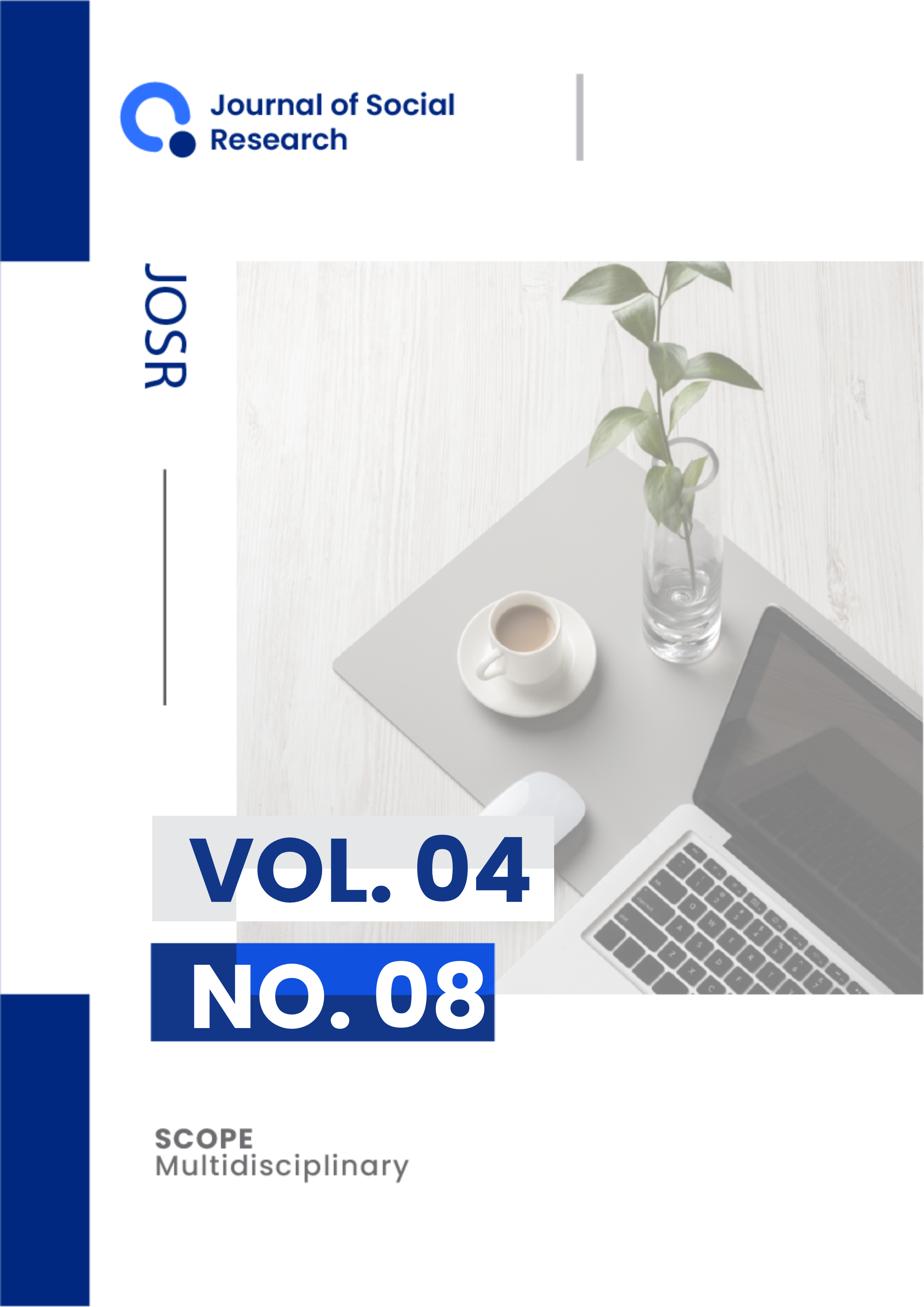The Use of Type D and Type F Admixtures Concrete and Their Effects on Setting Time and Compressive Strength
DOI:
https://doi.org/10.55324/josr.v4i7.2664Keywords:
admixture type D and F, concrete, compressive strength, setting time, initial setting timeAbstract
The challenges of concrete usage in Indonesia, such as hot weather, remote construction sites, and improper manual casting practices, often lead to reduced concrete quality due to excessive water addition. This study investigates the effects of Type D (*Sika-Plastiment-83am*) and Type F (Sikament-LN) admixtures on concrete's setting time and compressive strength to address these issues. The research aims to optimize admixture dosages (0.2%, 0.25%, and 0.3% by cement weight) to enhance concrete performance while adhering to SNI and ASTM standards. Methods included literature reviews, field studies, and laboratory tests, such as slump tests, compressive strength tests (at 7, 14, and 28 days), and initial setting time measurements using penetrometers. Findings revealed that admixtures significantly improved compressive strength (31.6–34.0 MPa, exceeding the 30.0 MPa target) and extended initial setting times (3 hours 45 minutes to 5 hours 10 minutes) compared to untreated concrete (2 hours 20 minutes). The optimal dosage balanced workability (slump: 12±2 cm) and delayed hardening, ensuring suitability for casting. The study concludes that admixtures effectively replace water addition, enhancing strength and workability while mitigating premature drying. Practical implications include recommendations for admixture use in hot climates and remote projects to maintain concrete quality and durability.
Downloads
Published
Issue
Section
License
Copyright (c) 2025 Abdul Fatah, Akmala Rafi Prasetia, Asep Dudi, Muhammad Afif SM

This work is licensed under a Creative Commons Attribution-ShareAlike 4.0 International License.

This work is licensed under a Creative Commons Attribution-ShareAlike 4.0 International.
Authors who publish with this journal agree to the following terms:
- Authors retain copyright and grant the journal right of first publication with the work simultaneously licensed under a Creative Commons Attribution-ShareAlike 4.0 International (CC-BY-SA). that allows others to share the work with an acknowledgement of the work's authorship and initial publication in this journal.
- Authors are able to enter into separate, additional contractual arrangements for the non-exclusive distribution of the journal's published version of the work (e.g., post it to an institutional repository or publish it in a book), with an acknowledgement of its initial publication in this journal.
- Authors are permitted and encouraged to post their work online (e.g., in institutional repositories or on their website) prior to and during the submission process, as it can lead to productive exchanges, as well as earlier and greater citation of published work.








